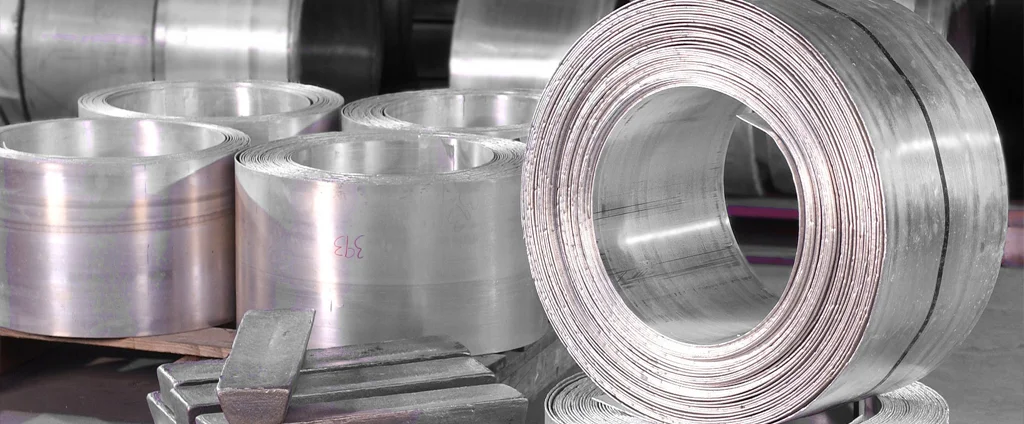Magnesium AM50A-F (UNS M10500)

Magnesium AM50A-F is a versatile magnesium-aluminum alloy frequently used in die-casting applications. It offers an excellent combination of low weight, high ductility, and energy-absorbing capabilities, making it well-suited for components that demand toughness, formability, and performance.
| Chemical Composition | ||
|---|---|---|
| Element | Min | Max |
| Magnesium | —— | Remainder |
| Aluminum | 4.40% | 5.40% |
| Copper | —— | 0.01% |
| Iron | —— | 0.004% |
| Manganese | 0.26% | 0.60% |
| Nickel | —— | 0.002% |
| Silicon | —— | 0.10% |
| Zinc | —— | 0.22% |
| Residuals | —— | 0.02% |
The following table provides a list of magnesium AM50A-F properties in both SI and US customary/Imperial units.
Click on the button to switch between Metric and Imperial units.
| Physical Properties | Metric |
|---|---|
| Density | 1770 kg/m3 |
| Mechanical Properties | Metric |
| Tensile Strength (Ultimate) | 228 MPa |
| Tensile Strength (Yield) | 124 MPa |
| Compressive Strength (Yield) | 110 MPa |
| Young’s Modulus (E) | 45 GPa |
| Shear Modulus (G) | 17 GPa |
| Elongation at Break in 50 mm | 15% |
| Poisson’s Ratio (ν) | 0.35 |
| Brinell Hardness 500 kg load, 10 mm ball | 60 |
| Thermal Properties | Metric |
| Melting Point Incipient Melting | ≥ 435 °C |
| Liquidus | 620 °C |
| Thermal Conductivity | 65 W/m·K |
| Specific Heat Capacity (Cp) | 1020 J/kg·K |
| Coefficient of Thermal Expansion (αL) | 26.0 1/°C |
| Electrical Properties | Metric |
| Electrical Resistivity | 1.30×10-5 Ω·cm |
The values in this table are approximate and can vary depending on various factors such as the specific manufacturing process and heat treatment applied to the alloy.
Advantages & Disadvantages of Magnesium AM50A-F
| Advantages | Disadvantages |
|---|---|
| Good energy absorbing capabilities and ductility | Relatively expensive |
| Lightweight | Corrosion-prone |
| Easy to machine | Low melting point |
| Can be used in a wide variety of applications | Poor weldability |
Applications of Magnesium AM50A-F
Magnesium AM50A-F is widely used across various industries due to its strength, light weight, and thermal performance, including:
- Automotive wheels: A popular choice for automotive wheels due to its lightweight strength and recyclability, offering sustainability benefits.
- Gear housings: Used in gear housings for its strength, durability, and ability to withstand high temperatures in performance vehicles.
- Pump housings: Selected for pump housings because it handles high pressures while remaining lightweight and strong.
- Bearing housings: Ideal for bearing housings requiring strength and durability under high-temperature conditions.
- Electrical connectors: Chosen for electrical connectors thanks to its strength, low weight, and good electrical conductivity.
- Sporting goods: Commonly used in items like golf clubs and tennis rackets due to its light weight and ability to absorb high impacts.
- Medical devices: Applied in implants and surgical tools where lightweight strength and sterilization compatibility are critical.
